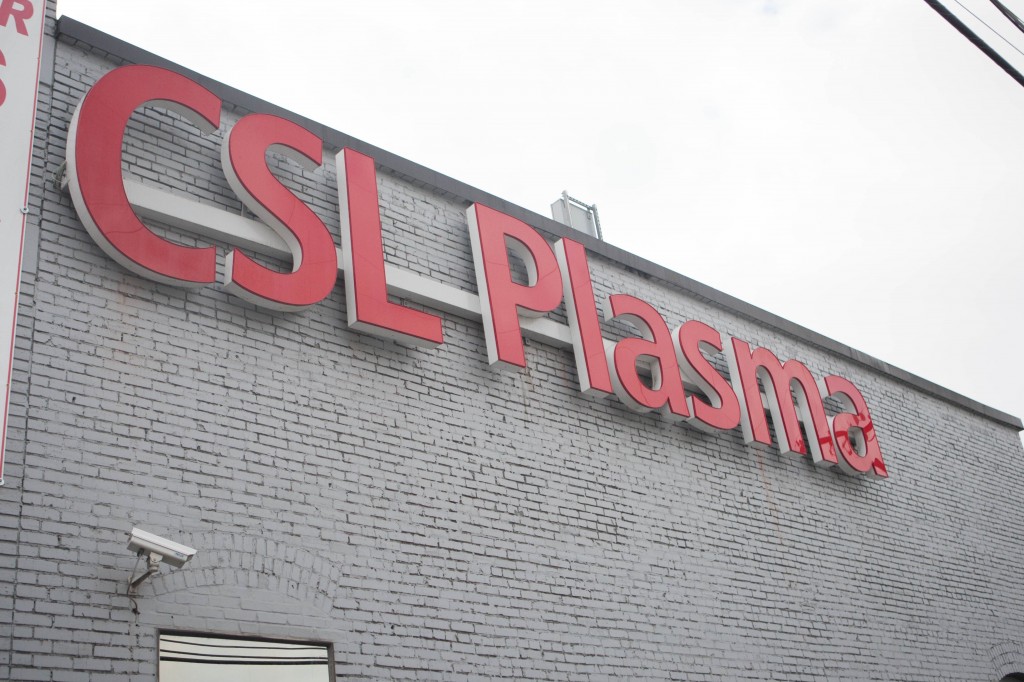“I can cure, and I can kill. I spread disease; I stop the chill. I pound. I run. I spill. I gush. I circulate. I freeze. I rush. What am I?”
Blood, of course. And most students don’t realize how easy it is to donate blood or plasma, and potentially save another person’s life in the process.
There are several locations around Spokane to donate blood or plasma, and most centers are open on weekends. The Inland Northwest Blood Center which specifically deals in whole blood donations is located in north Spokane, and CSL and Octopharma Plasma donation centers are located in Spokane and Spokane Valley.
“When donating blood through INBC, you can donate either whole blood or red blood cells.” Elizabeth Giles, marketing and communication officer at INBC, said. “Donating whole blood takes about 15 minutes, while donating red blood cells is about 50 minutes.”
Only about 35 percent of the population in the US is able to actually donate whole blood. Donors who meet the weight and health requirements are encouraged by INBC to donate more than once, and those interested in donating are encouraged to apply.
“We have a lot of donors that come back more than once,” Giles said. “Those with O-negative blood types are such an asset to the donation community, and we encourage those with that blood type to come in.”
O negative is the universal blood type, and anybody can successfully donate and receive this blood in the event of a transfusion.
Plasma donation differs from blood donation in several ways, and unlike blood donation the plasma donation centers in Spokane compensate donors financially with payouts as much as $60.
“I donate plasma occasionally, because it gives me a little extra cash and I can help people by doing it,” Kristina Ravencroft, Spokane resident said. “I usually go to the CSL center downtown because I can get in and out of there in an hour.”
The process of donating plasma involves being hooked up to a machine through a needle similar to a medical IV. The machine then slowly pumps the blood out of the donor’s arm and spins the plasma out of the blood and separates it. The blood is then mixed with an anticoagulant, and pumped back into the donor.
Unlike blood donation, plasma donation can be done twice a week. Blood donors are asked to wait a minimum of 28 days between donations.
“People don’t realize how many donations patients rely on everyday,” Giles said. “On a good day we will get about 200 donations at INBC, which is about what we need every day.”
Students interested in donating blood or plasma can do so by applying to any of the local agencies to determine their eligibility. A small health exam may be administered to determine whether or not they can donate.



